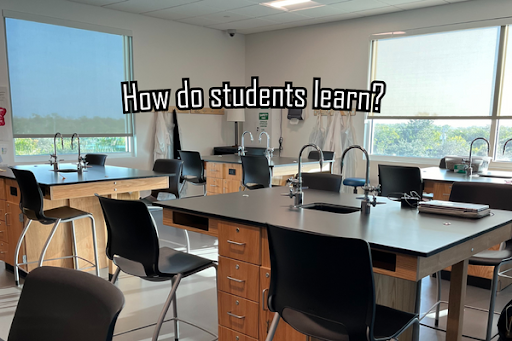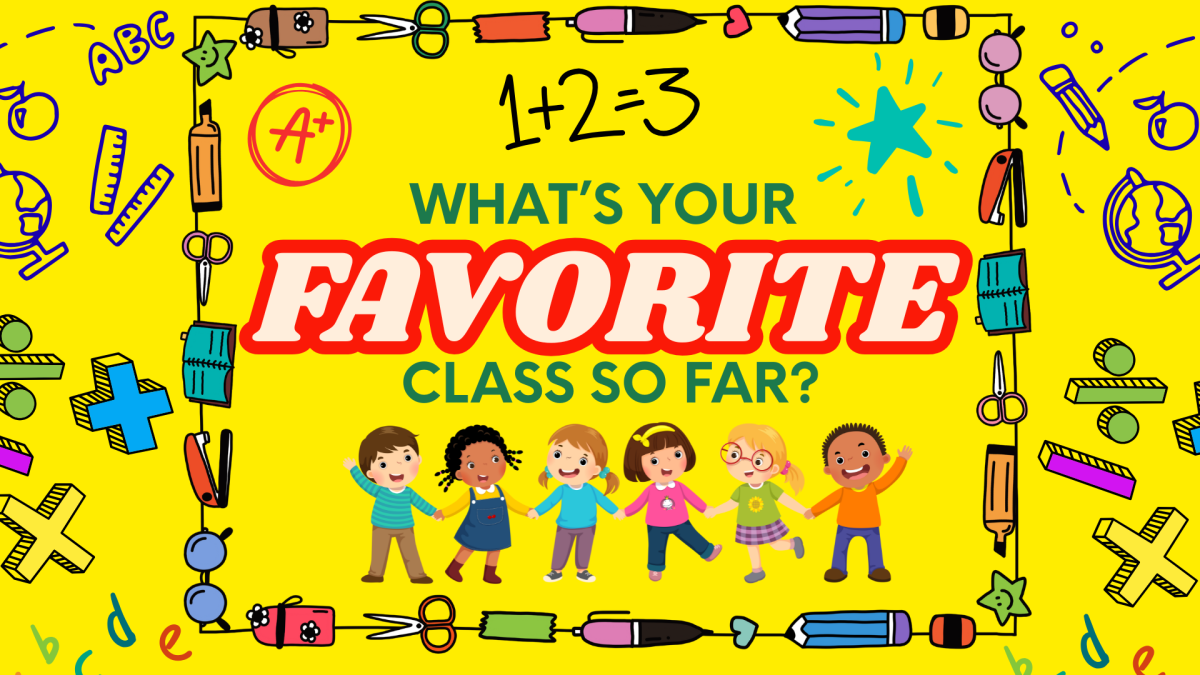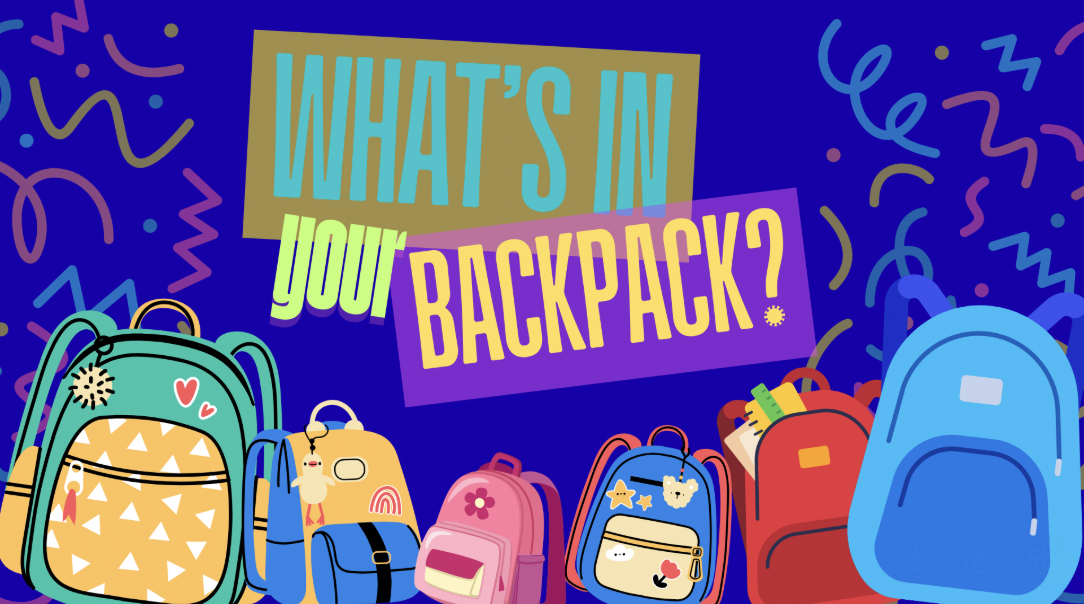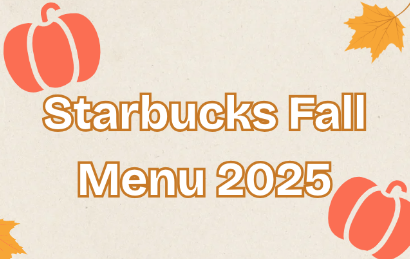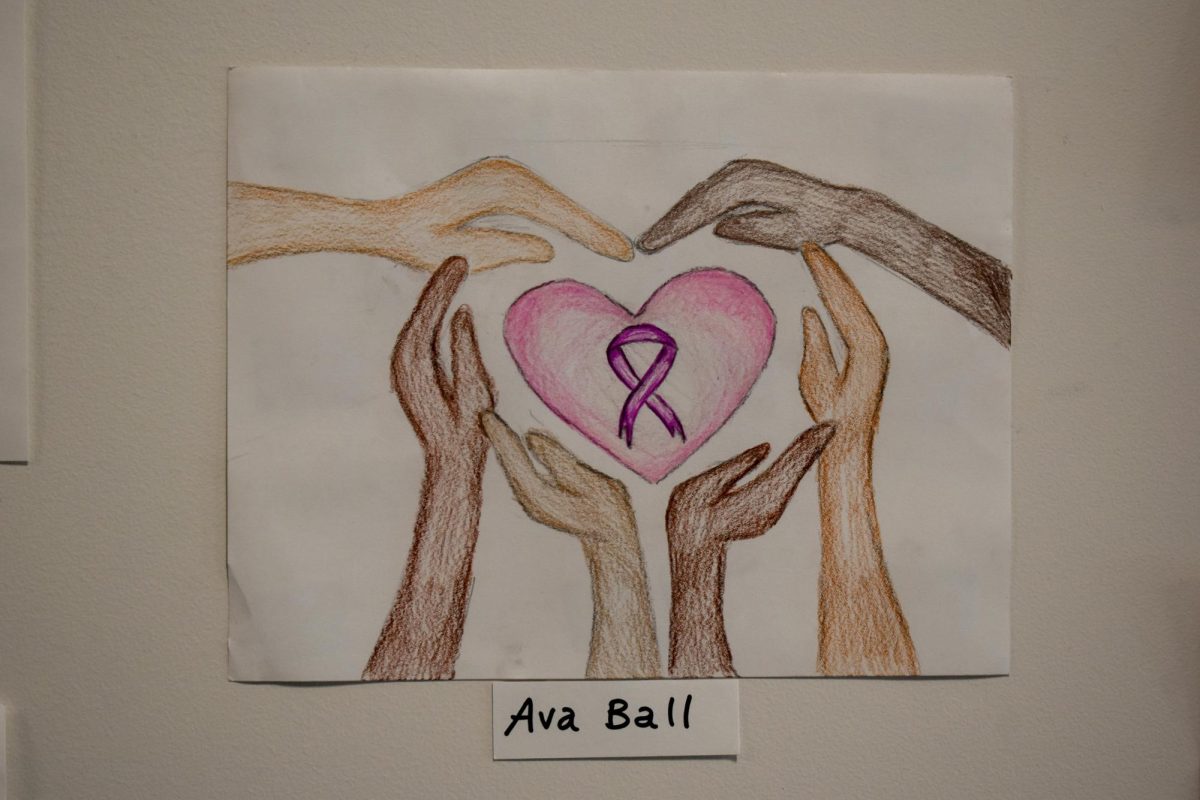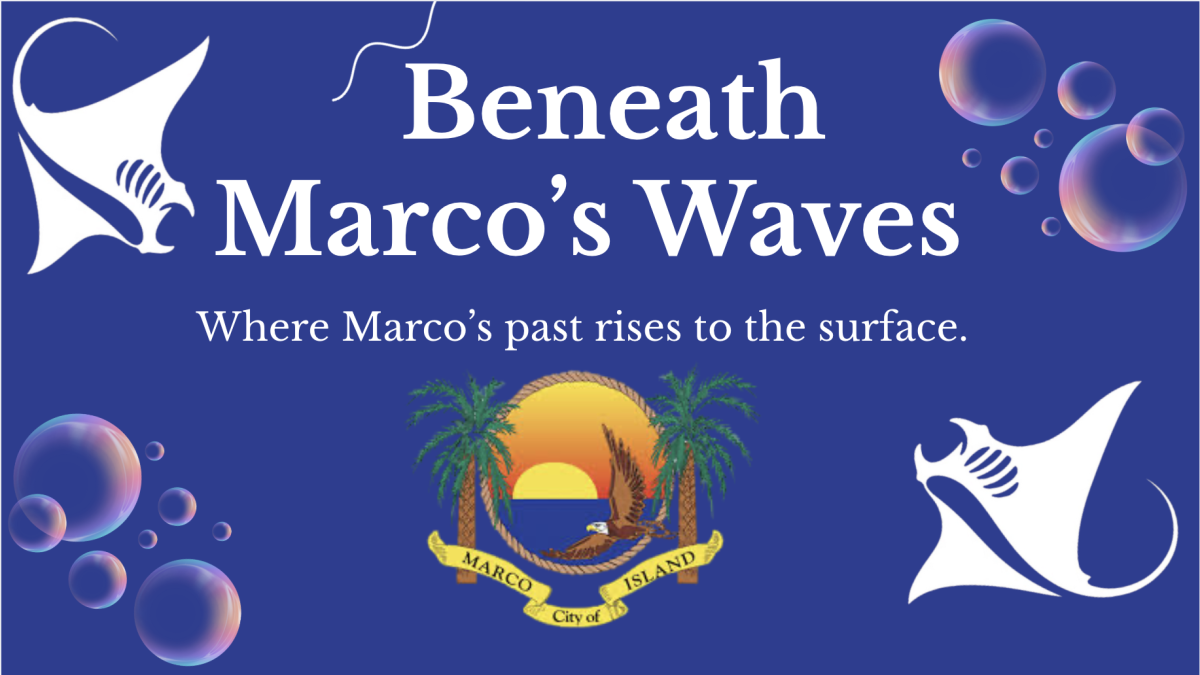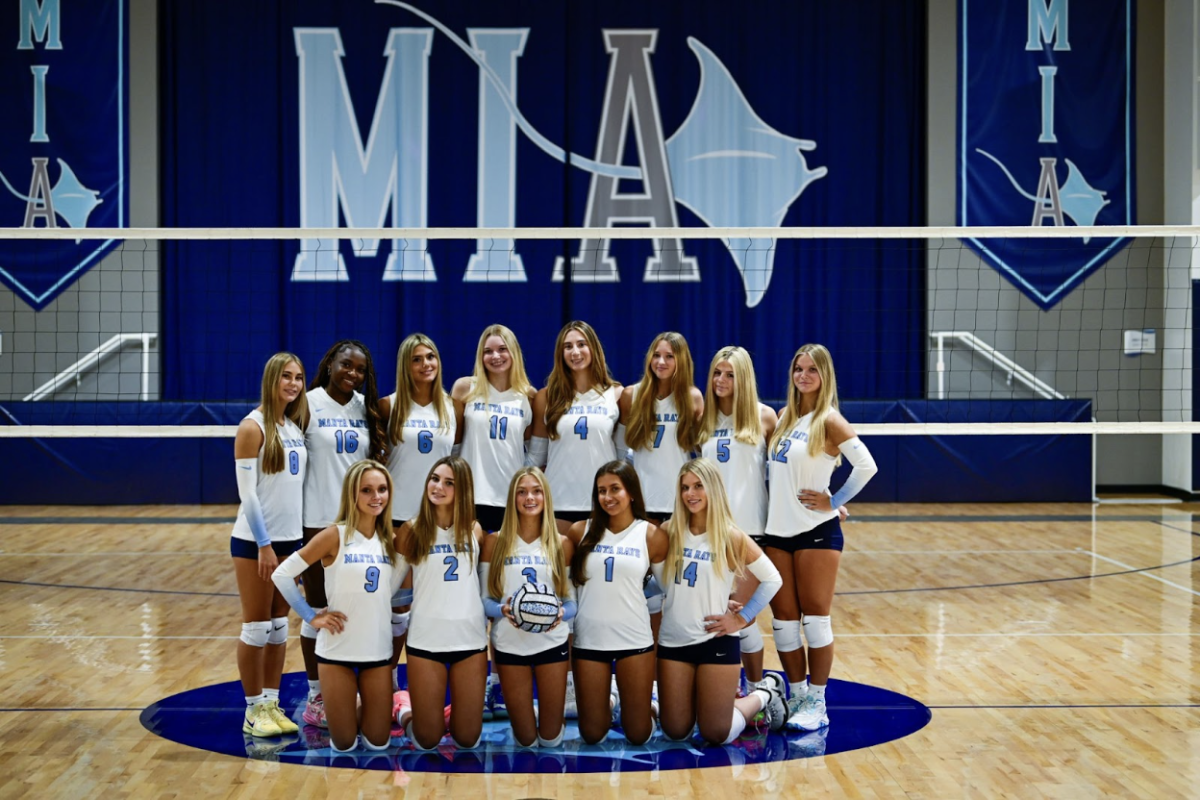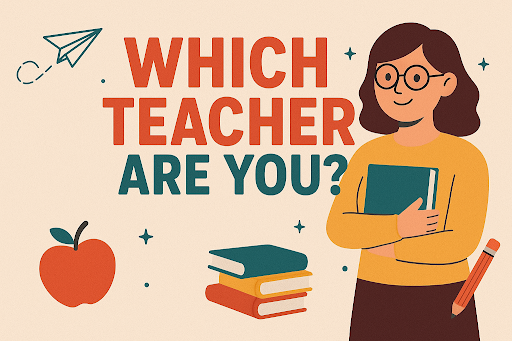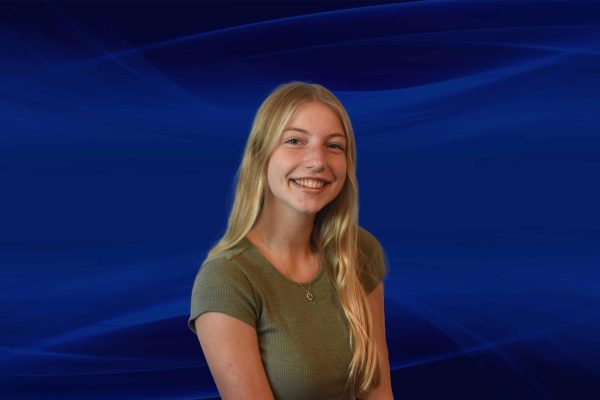In recent years, there has been a debate on whether or not students around the world are effectively learning in class. An obstacle that has surfaced in the wake of increasing technology use in classrooms is a reliance on one form of learning, whereas students prove to learn best through a combination of styles. Individuals learn in diverse ways; it is crucial for educators to cater to the needs of students’ varying learning styles. This poses a potential issue in the education system. In a recent poll, students at MIA were asked to share their own input on the topic of ‘How do students learn?’.
When asked about what kind of learner students from 9th grade to 12th grade define themselves as, 47.7% of students said that they were visual learners. Visual learners understand and remember things purely by sight. This data indicates that a high amount of students may learn best from documentaries, videos, or real life interactions throughout a lesson. A smaller fraction of students, 32.6%, said that they are kinesthetic learners, meaning that material must be manipulated or touched through a hands-on approach to acquire knowledge. This approach includes conducting experiments, making posters, or even interacting with writing skills to help students grasp learning concepts in their own ways. In many schools today, online learning is primarily used to provide an efficient way to learn. With the use of more hands-on activities and non-technological techniques, students’ knowledge could expand and improve overall.
Next, the students had the opportunity to see which multiple intelligence theory suits them the best. The multiple intelligence theory describes the different ways students learn and acquire information. These range from the use of words, numbers, pictures, music, to the importance of social interactions, introspection, physical movement, and being interactive with nature. Based on the results given from the poll, 38.4% of students suit logical-mathematical intelligence the best, with spatial-visual intelligence close behind with 19.8% of the student body. The logical-mathematical intelligence is being able to analyze problems logically and solve abstract problems, while spatial-visual intelligence is having the ability to use visual aids to arrive at a solution. The drastic difference between the two shows the split behind the student body and how each student truly learns to their best extent.
Along with that, many students in the poll showed that they learn best from certain teaching methods. These methods can include lectures, hands-on activities, listening to videos or documentaries, and putting thoughts onto paper. However, some classes may not cater to each form of learning equally. With the majority of the MIA respondents saying they learned best from hands-on activities with 62.8% of students, being able to build or be creative while learning. Not only that but many students when asked what subject they perform best at, they had stated that they perform best with math which utilizes a variety of hands-on movements including writing down problems to solve. Although some subjects such as math focus on one method of learning, including multiple ways of intellect can be helpful for students to learn.
The one question that received the most unanimous agreement was whether or not the students felt that they would perform better if more types of learning styles were used in each class. An astounding 87.2% of students said ‘yes’, while only 12.8% replied ‘no’. Overall, this result exhibits students’ opinion to have classes be more open to each student’s functional learning style. This current information can help us come to the conclusion that classes should be open to using all methods of learning to benefit us, the students.
To conclude, are students learning? In short, yes, however, it would benefit students across the globe if more learning methods were integrated into the curriculum and if more engaging activities were made available. With a multitude of learning methods, more students would perform better in class, as stated in the previous poll. Students learn in a variety of different ways.


